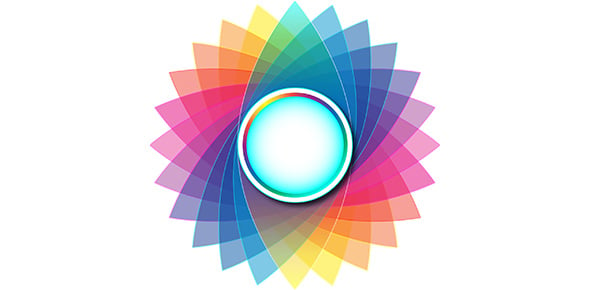Media Arts Rules, Vocabulary & Technique Test
- NAMLE
- ISTE
2.
You may optionally provide this to label your report, leaderboard, or certificate.
Submit
Submit
×
Thank you for your feedback!
















